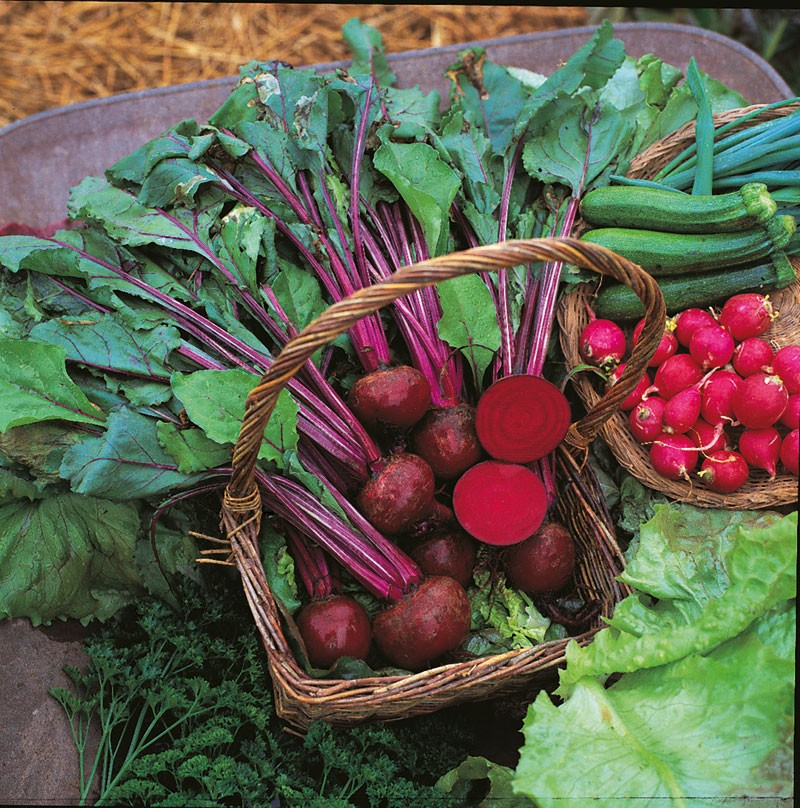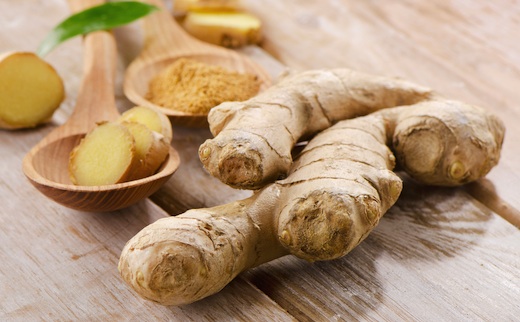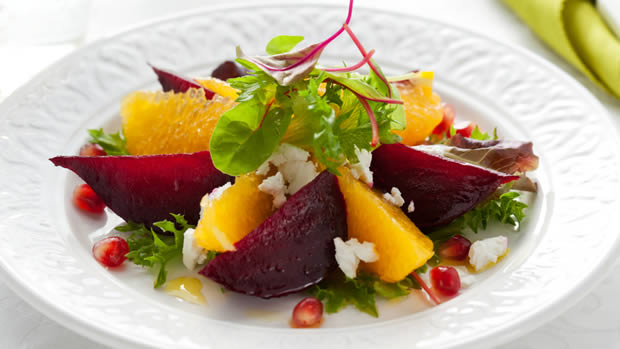Delicious and Nutritious Pumpkin Soup
Ingredients
- 2 tbsp Lucy Bees Raw, Virgin coconut butter
- 2 onions, finely chopped
- 1kg pumpkins or squash, peeled, deseeded and chopped into chunks
- 700ml vegetable stock or chicken stock
- 200ml of full fat Coconut milk
- handful of pumpkin seed
Method
- Heat 2tbsp of coconut butter in a saucepan, add 2 finely chopped onions cook for 5 mins, until soft but not coloured.
- Add pumpkin, then carry on cooking for 8 mins, stirring occasionally until pumpkin starts to soften
- Add the stock and season with mixed herbs and pepper. Bring to the boil, then simmer for 10 mins until the squash is very soft.
- Add the coconut milk into the pan, bring back to the boil, then purée with a hand blender.
- When the soup is ready top with pumpkin seeds
The soup can be frozen for up to 2 months.
Food remedies
Pumpkin is a great source of beta-carotene, which helps protects the body from damaging molecules called free radicals. Free radicals damage cells through a process known as oxidation. Over time, this damage could lead to a number of chronic illnesses. There is evidence that eating more antioxidants foods helps boost your immune system, protect against free radicals, and may lower your risk of heart disease
Pumkin in rich in B-complex and minerals like copper, calcium, potassium & phosphorus good source of dietary fiber & mono-unsaturated fatty acids
Pumpkin seeds are an excellent source of tryptophan is converted by the body into the feel-good neurotransmitter serotonin. The body cannot produce tryptophan so we need to get enough through our diets, if we don’t we could suffer from a deficiency leading to low serotonin levels which are associated with mood disorders, anxiety and carbohydrate cravings.
Both Coconut and Pumkin have anti-inflammatory anti-fungal & anti-parasitic properties.
The Food Remedy - Beetroot
 Beetroot is a delicious root vegetable with dark, purple skin and pinky purple flesh. It sweet flavours and vivacious colour offers itself to both sweet and savoury dishes. It can be eaten you raw, by simply peel with a potato peeler and grate into a salad or my favourite way it using a spiralizer which turns into pretty ribbons. It can also be cooked in boiling water this usually takes around 15 minutes, or roasted at 180ºC until soft.
Beetroot is a delicious root vegetable with dark, purple skin and pinky purple flesh. It sweet flavours and vivacious colour offers itself to both sweet and savoury dishes. It can be eaten you raw, by simply peel with a potato peeler and grate into a salad or my favourite way it using a spiralizer which turns into pretty ribbons. It can also be cooked in boiling water this usually takes around 15 minutes, or roasted at 180ºC until soft.
Since Roman times, beetroot has been viewed as an aphrodisiac. It has a 'medium' Glycaemic Index of 64 and a an extremely low GL of 2.9 which means it’s converted into sugars very slowly which helps to keep blood sugar levels stable keeping you in the health promoting zone.
One study by Wake Forest University in North Carolina, USA found that the high content of nitrates in beetroot may help fight the progression of dementia as nitric oxide in the blood, produced by the nitrates in beetroot, helps increase blood flow to the brain. Beetroot’s folic acid may also play a part as studies suggest it can help protect against Alzheimer’s and dementia.
Folic acid is also essential for normal tissue growth and is crucial to the development of a baby’s spinal cord during the first three months of pregnancy as it helps prevent spinal cord defects such as spina bifida. Making beetroot a great food for expand mums to be munching on in the first few weeks of pregnancy.
Beetroot contains soluble fibre, which has also been shown to have cholesterol lowering competencies. It also contains carotenoids and flavonoids, which help prevent LDL or ‘bad’ cholesterol from being oxidised and deposited in the arteries.
Raw beetroot should have their stalks fresh, not wilting and roots nice and firm and intact.




